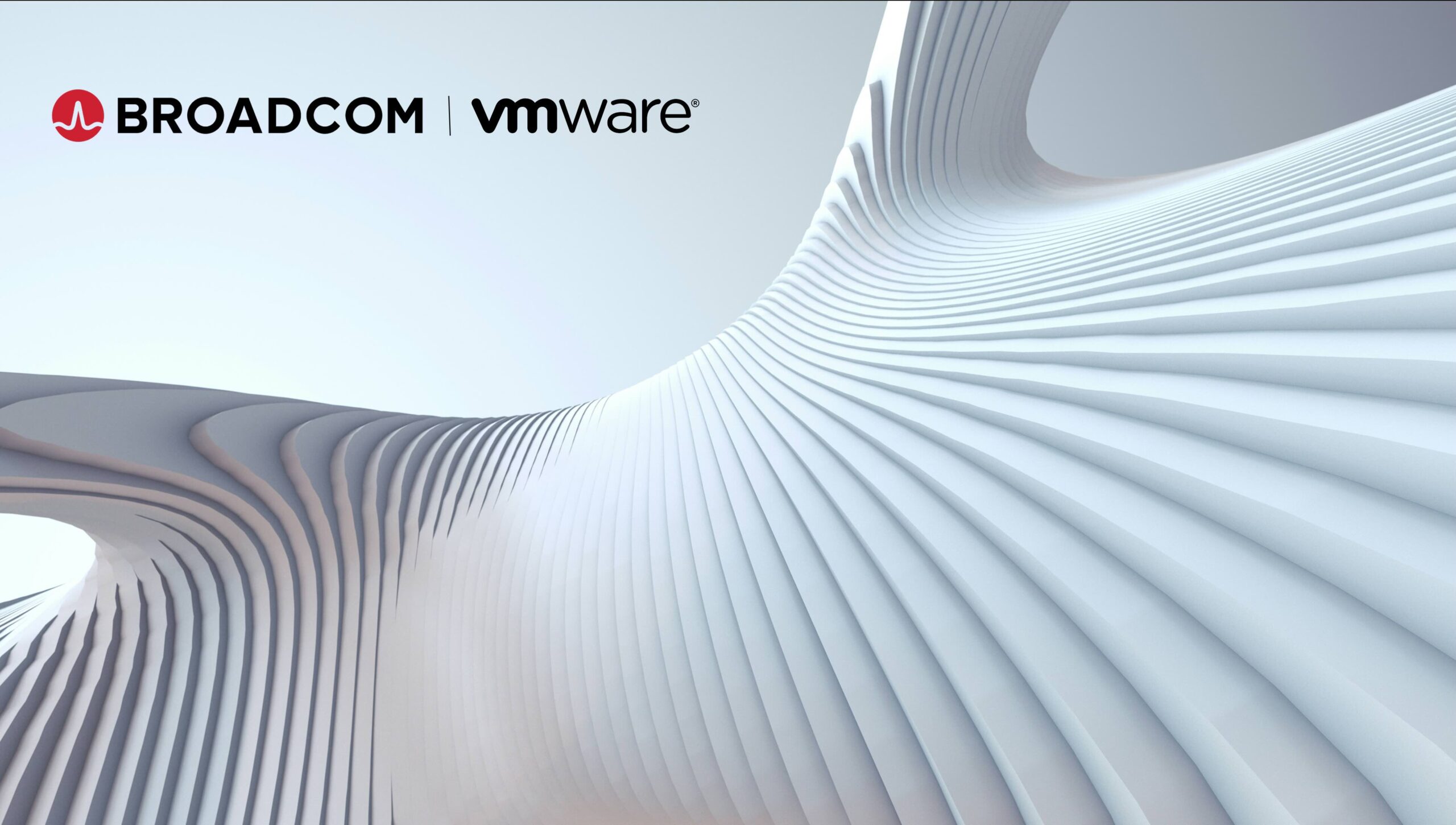VMware has changed drastically under Broadcom’s ownership. The partner network has been reduced from over 18,000 U.S. resellers to around 300, and by October 31, 2025, many previously authorized partners will no longer be allowed to sell or renew VMware licenses. Ardham is one of the few official VMware partners still operating locally in Texas and the only one based in New Mexico.
If you still rely on VMware, you need an authorized partner now—before renewals stall, compliance gaps appear, or costs spike. We’ve been helping clients navigate infrastructure decisions for over 20 years, and we can ensure you make the most of VMware’s new model while keeping your business running smoothly.
How Can We Help?
In a time of major changes, Ardham is a constant, trusted source. We are among the few official VMware partners still operating locally in Texas and the only one based in New Mexico. With over 20 years of experience in infrastructure projects, we offer the ideal mix of technical expertise, local presence, and strategic vision essential to navigating the new VMware model with confidence and results.
We’ve invested in the transition to cloud-native technologies, enabling us to continuously support public and private clients with solutions aligned to the new paradigm.
What truly sets us apart is our approach: no cold calls, no long hold times. Every Ardham client works directly with a certified technical team that understands their business, ensuring fast and effective responses fully aligned with local needs.
Beyond the License: A Strategic Vision
Choosing the right partner at this stage doesn’t just mean buying a VMware license—it means ensuring complete support throughout the entire IT infrastructure lifecycle, regardless of the technology vendors you choose. From initial assessments to architecture design and workload migration, through to security and compliance management, we support organizations at every stage with expertise and strategic vision.
We conduct post-acquisition assessments to evaluate the impact of VMware’s new model; design environments on VMware Cloud Foundation (VCF); integrate backup and disaster recovery solutions; support the adoption of Zero Trust architectures; and ensure alignment with regulatory standards such as HIPAA, CJIS, FedRAMP, and NIST.
All with a fast, transparent, and local approach that enables businesses to act with confidence and agility. In a context of rapid and sometimes complex changes, our goal is to turn every transition into an opportunity for evolution.
Understanding the Changes to Make the Most of Them
When Broadcom completed its $69 billion acquisition of VMware in November 2023, it marked more than just a major financial transaction—it initiated one of the most transformative shifts the IT industry has seen in over a decade. This move didn’t simply reshape two companies; it redefined the landscape of enterprise infrastructure, cloud computing, and virtualization on a global scale.
By 2025, the impact of this transition is more tangible than ever. Public and private organizations alike are beginning to feel the ripple effects across procurement processes, support models, licensing strategies, and technology planning. Some of these shifts have proven challenging for companies of varying sizes. But with disruption also comes opportunity.
The new Broadcom–VMware ecosystem presents a timely chance for businesses to rethink their digital strategy, consolidate tools, and build a more resilient, scalable, and future-ready infrastructure.
Broadcom Redefines VMware: What’s Changed?
Following the acquisition, Broadcom undertook a comprehensive overhaul of VMware’s product strategy—an intentional and far-reaching effort to realign the company’s offerings with the evolving demands of modern enterprises.
Broadcom sought to streamline VMware’s vast and often fragmented portfolio, replacing varying licensing models and scattered offerings with a more focused, subscription-based approach.
The goal? To deliver better value, greater predictability, and more agility to enterprise customers navigating a rapidly changing IT landscape.
Simplified Portfolio, Subscription-Only Model
Broadcom streamlined VMware’s product portfolio in an effort to reduce complexity and better serve business needs. The most notable change is the elimination of perpetual licenses in favor of a subscription-based model.
This means:
- Predictable costs through annual or multi-year subscriptions
- Ongoing access to the latest technologies
- Automatic updates and long-term scalability
For IT leaders, it’s no longer about one-time purchases—it’s about long-term planning and alignment with evolving business goals. While this represents a growing trend in the technology space, it’s also a large shift for companies to adapt to.
Smaller Partner Network, Higher Stakes
Broadcom reduced the VMware partner base from over 18,000 U.S. resellers to around 300. This ensures that only top-tier providers remain authorized. For SMBs, this also means your former reseller may no longer be able to support renewals or new purchases.
Working with a certified VMware partner ensures:
- Access to official licenses and support
- Insight into the most suitable VMware solutions
- Reduced procurement risks and better compliance management
Licenses Are Now Strategic, Not Administrative
Historically, VMware renewals were a formality. Under Broadcom, they now require proactive planning. Renewals:
- Must go through a designated VMware partner
- Are structured as bundled subscriptions (e.g., VMware Cloud Foundation)
- Require clear alignment with infrastructure goals
This change turns renewals into an opportunity to reassess infrastructure, optimize spending, and plan for future scalability.
New Bundles Offer More
A key change is the introduction of new bundles such as VMware Cloud Foundation (VCF) and vSphere Foundation. While these bundles are more expensive, they include additional value offerings such as:
- Native hybrid cloud support
- Automation and orchestration capabilities
- Built-in security and continuous updates
According to a Forrester Total Economic Impact study commissioned by VMware, organizations adopting VMware Cloud Foundation can achieve a 171% return on investment (ROI) over three years, with a payback period of under 9 months. The study also reports 30–40% reductions in capital expenses (CapEx) and significant operational cost savings driven by automation and simplified management.
Minimum Core Count and Pricing Implications
An important detail affecting SMBs is the increase in VMware’s minimum core requirement. Customers must now license at least 16 cores per CPU, regardless of actual usage.
This can:
- Increase licensing costs for smaller environments
- Make it essential to reassess current hardware and future infrastructure plans
- Highlight the importance of right-sizing bundles and licenses
Main Bundles Available (2024–2025)
With the shift to a subscription-only model, Broadcom has streamlined VMware’s offering into a small number of comprehensive, value-driven bundles.
1. VMware Cloud Foundation (VCF)
The most complete and strategic bundle, VMware Cloud Foundation is specifically designed for complex enterprise environments and organizations embracing hybrid or multi-cloud architectures.
Includes: vSphere, vSAN, NSX, SDDC Manager, native multi-cloud support, continuous updates, and built-in security.
2. vSphere Foundation
Tailored for mid-sized organizations or growing virtual environments, providing advanced virtualization and management capabilities.
3. Optional Add-ons
Enhancements such as ransomware recovery, network detection and response, Carbon Black, VMware Tanzu, DRaaS, and data protection/backup solutions.
Opportunities for Your Business: Continuity, Control, and Growth
VMware’s model has changed, and your company’s approach should evolve as well. Instead of treating renewals as routine, treat them as a turning point for greater efficiency, resilience, and competitiveness.
Keep it Local: What Makes It a Strategic Advantage
Choosing a trusted provider in your region means building a relationship grounded in human connection, operational understanding, and long-term commitment. Local IT partners know your business context and can move quickly to address issues before they impact operations.
Local IT providers offer many concrete advantages:
- Responsiveness
- Personalization
- Accountability
- Local economic impact
What Now? Act Today to Avoid Problems Tomorrow
Thriving in the new VMware ecosystem is not just about adapting—it’s about acting at the right time. Success hinges on proactive decision-making. Companies that move early are in a stronger position to manage license renewals with clarity, align technology with strategic objectives, and avoid the costly pitfalls of rushed or reactive transitions.
Ask yourself:
- Is your current partner still authorized?
- Have you assessed the impact of switching to the subscription model?
- Are you sure the new solutions align with your future goals?
If you’re unsure about any of these questions, it’s time to speak with an expert. Because inaction isn’t neutral—it carries risk.



